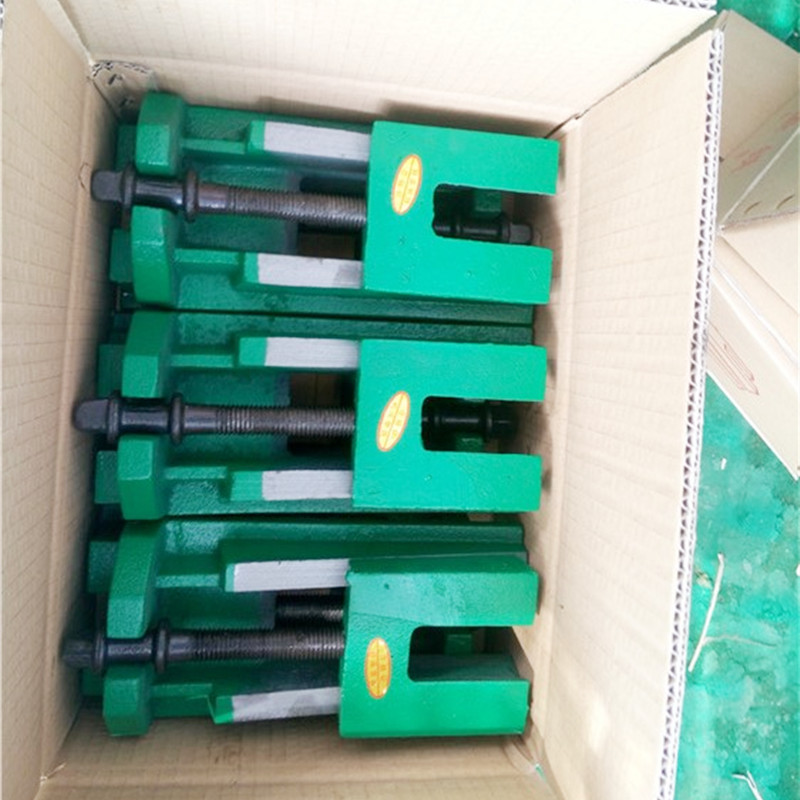Noy . 19, 2024 00:55 Back to list
two types of gate valves
Understanding Two Types of Gate Valves
Gate valves are essential components in various piping systems, commonly used for opening and closing the flow of fluids. They work by lifting a rectangular or circular gate out of the path of the fluid. This unique design offers minimal flow resistance when the valve is fully open, making gate valves ideal for applications where a straight-line flow and minimal pressure drop are necessary. While there are several types of gate valves, we will focus on two primary variants the rising stem gate valve and the non-rising stem gate valve.
Rising Stem Gate Valves
The rising stem gate valve is designed with a stem that moves upward and downward as the valve opens and closes. This type is commonly found in applications requiring high visibility and straightforward operation. The stem is typically connected to a handwheel or actuator on top of the valve. As the handwheel is turned, the stem rises or falls, controlling the gate’s position.
One of the key advantages of rising stem gate valves is their visibility during operation. Users can easily tell whether the valve is open or closed by observing the position of the stem. This feature is particularly useful in large industrial applications where operators may be at a distance from the valve. Furthermore, the rising stem is less prone to jamming, as the movement is linear and direct.
Typically, rising stem gate valves are used in applications involving water, oil, and gas pipelines. Their ability to function efficiently in high-pressure scenarios is another reason they are preferred in the energy sector. However, these valves often require more vertical space to operate, which can be a limitation in compact installations.
Non-Rising Stem Gate Valves
On the other hand, non-rising stem gate valves are designed with a stem that does not rise when the valve opens. Instead, the stem is turned to lift or lower the gate entirely within the valve body without any vertical movement above the valve. The non-rising design makes these valves suitable for installations with limited space.
two types of gate valves

One of the key benefits of non-rising stem gate valves is that they occupy less vertical space, making them a practical choice for underground installations or confined spaces. They are often used in processes where space constraints are a concern, like in chemical processing plants or municipal water systems.
While non-rising stem gate valves are compact, they may require more frequent maintenance and adjustments. The internal mechanics of the valve can become complicated, and any misalignment can lead to operational issues. Therefore, it is crucial to ensure that they are installed correctly to avoid premature wear and tear.
Comparing the Two Types
When comparing rising stem and non-rising stem gate valves, several factors must be taken into account. The primary distinction lies in the operational mechanics and the space required for functioning. Rising stem gate valves offer better visibility and are less likely to experience operational issues related to sticking or jamming. Conversely, non-rising stem gate valves are advantageous in tight spaces, making them ideal for specific industrial applications.
Moreover, both types have their own unique disadvantages. For instance, rising stem gate valves can require more maintenance due to the exposure of the stem to the environment, leading to potential corrosion or damage. Non-rising stem valves, while space-efficient, can be prone to malfunction if not properly maintained, particularly in applications with high fluid velocity.
Conclusion
Gate valves are critical for efficiently controlling the flow of fluids in various industries, and understanding the differences between rising stem and non-rising stem gate valves can aid in making informed decisions for specific applications. Selecting the appropriate type of gate valve depends on the operational conditions, available space, and maintenance capabilities. By carefully considering these factors, companies can ensure they choose the right valve to enhance operational efficiency and reliability in their systems.
-
Thread Plug Gauge Our Promise of Measurement ExcellenceNewsAug.22,2025
-
Gauge Pin Class Reflecting Quality LegacyNewsAug.22,2025
-
Check Valve Types for High Rise BuildingsNewsAug.22,2025
-
Water Control Valve for Irrigation SystemsNewsAug.22,2025
-
Gate Valve with Soft Seal TechnologyNewsAug.22,2025
-
Y Type Strainer for Oil and Gas ApplicationsNewsAug.22,2025
Related PRODUCTS









